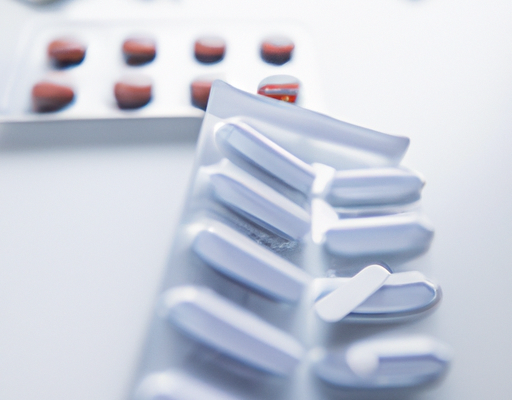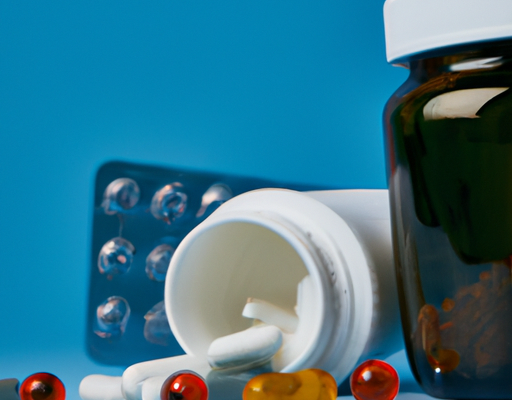1. Causes of inflammation of the foreskin in diabetes
Inflammation of the foreskin in diabetes can have several causes; these range from infections to poor hygiene. Managing the underlying causes of inflammation is of the utmost importance to help prevent further risks. The key causes of inflammation of the foreskin in diabetes are as follows:
- Bacterial infections such as balanitis (inflammation of the glans penis) or yeast infections (candidiasis)
- Trauma or injury to the glans penis
- Poor hygiene, where the accumulation of sweat, smegma, and bacteria can lead to infection
- Medications, such as antibiotics or steroids
- Allergies to products used on the skin
- Having a weakened immune system due to diabetes
Understanding the possible causes of inflammation of the foreskin in diabetes is essential to correctly identify and treat it. It may also be necessary to limit activities such as intercourse, sexual oral stimulation, and masturbation in order to reduce the risk of further irritation.
2. Symptoms of inflammation of the foreskin in diabetes
Inflammation of the foreskin, also known as balanitis, can be a symptom of diabetes. It can cause itching, burning, pain, and discharge from the penis. It is important to pay attention to these symptoms, as they can signal underlying diabetes.
- Itching
- Burning
- Pain
- Discharge from the penis
If you are experiencing any of these symptoms, you should contact your doctor right away. Diabetes can cause serious medical complications if left untreated. Early detection and treatment of diabetes can help to reduce the risk of serious health problems. The doctor can assess your symptoms and make a diagnosis of diabetes if necessary.
3. Diagnosis of inflammation of the foreskin in diabetes
Diagnosing inflammation of the foreskin in diabetes can be a bit tricky. In some cases, physical symptoms such as redness, swelling, pain, and discharge may be evident, but in other cases, these signs may not be as clear cut. In this case, a doctor may also order blood work and urine tests to check for raised glucose and bacteria levels. Additionally, the doctor may take a sample of the discharge for further testing. Depending on the results of the tests and the severity of the case, the doctor may decide to prescribe antibiotics or refer the patient to a specialist. In some cases, further investigations may be advised, such as a biopsy of the foreskin or a detailed examination of the surrounding tissue. In any case, it is important to address any signs or symptoms of inflammation of the foreskin in diabetes promptly, to ensure proper care and to prevent any potential complications.
4. Treatment of inflammation of the foreskin in diabetes
Treating an inflammation of the foreskin in a person with diabetes can be a complicated and delicate process. In general, it is important to first lower the amount of glucose in the blood and then address the inflammation itself. Reducing glucose levels can be best done with a combination of lifestyle changes such as exercise and diet and medications such as insulin and diabetes pills. Once glucose levels are reduced, it is important for the individual to practice good hygiene habits, such as avoiding soap and keeping the skin dry, as well as wearing loose fitting undergarments. Other treatments may include antibiotics and nonsteroidal anti-inflammatory drugs (NSAIDs) to decrease inflammation. Surgery may be necessary in some cases if the inflammation fails to respond to other therapies. In summary, it is important to note that treating inflammation of the foreskin in diabetes requires a combination of lifestyle changes, medications and treatments in order to reduce glucose levels and decrease inflammation.
5. Prevention of inflammation of the foreskin in diabetes
Diabetic patients can reduce the risk of inflammation of the foreskin through various preventative measures. The following suggestions are recommended for optimal protection:
- Keep blood sugar levels within a normal range.
- Wash the genital area daily with warm water.
- Wear loose-fitting, breathable clothing.
- Avoid tight-fitting underwear or clothing.
- Dry the area thoroughly after washing the genital area.
- Avoid using lotions, creams, and other irritants in the genital area.
- Be aware of any changes in your skin and seek medical help if needed.
By following these recommendations, individuals with diabetes can minimize their risk of developing inflammation. It’s important to discuss any changes in skin or discomfort with your healthcare provider. Early treatment of skin irritation can help prevent further complications.





No Comments